SONGS THAT SAVE LIVES: SAFE SAMBURU 2015
“Knowledge is power. Information is liberating. Information is the premise of progress in every society, in every family.” Kofi Annan
It is not always easy to convince people to change, even if the change is in their very best interest. Music and theatre, however, are wonderful ways to impart important health messages to people who desperately need information which may save their lives.
SAFE Kenya is a Kenyan-based NGO, who use street theatre, song and film in their work with communities to educate on a range of issues, including HIV/AIDS prevention, female circumcision and gender-based violence to inspire and deliver social change.
The dawn of SAFE Maa
A chance meeting 10 years ago between Nick Reding and Amos Leuka in the Loita Hills led to the inception of SAFE Maa. Initially they began with an HIV project, but over time, and based on community needs, they increased their mandate to include Female Genital Cutting (FGC) and now climate change and conservation. All projects use traditional Maasai song and story to discuss the issue and create debate.
SAFE SAMBURU – HIV
There are over 6000 people living with HIV in Samburu County alone, and yet very few people understand the implications of living in a community where HIV exists and there is still a great deal of stigma for those living with HIV. There are many misconceptions about HIV, which include believing that Samburu people cannot be infected and that using condoms can actually give you HIV.
SAFE SAMBURU – FGC
Within the Westgate Community, 100% of girls undergo FGC prior to marriage, marking an important milestone for girls passing into womanhood. The negative impacts of FGC physically, mentally and socially, are many.
Both the need to increase awareness about HIV/AIDS and the issue of FGC, while finding ways to maintain traditions and uphold the laws of Kenya have been prioritized in the Westgate Community Conservancy Strategic Plan.
Kelvin Lemantaan, the tourism chairperson of Westgate Community, felt that the Westgate Youth could play a lead role in community education, and in particular raising awareness about HIV.
He spent a full year trying to set up a project, but he came up against repeated obstacles until he gave up. When he was re-elected two years later, he could see the community was still unaware of HIV and the potential dangers, often hearing stories / myths that he knew needed to be corrected, which motivated him to persevere with his goal of educating the community about HIV.
The Background
Independently, feeling a similar concern to Kelvin and in line with the Community Development strategy, The Safari Collection started looking into organisations that could help with HIV awareness and issues related to FGC. We discovered The SAFE Maa project in the Loita hills.
The concept was perfect for Samburu, and Nick was immediately interested and very enthusiastic about bringing together these two communities in a common purpose. The first tour of SAFE Maa to Westgate Community Conservancy took place in November 2013. The Westgate Community was very open and at the end of the week the elders and senior women were suggesting that Samburu should have its own group. The SAFE Maa team was equally open to the idea of a longer term collaboration between the two communities.
Meanwhile, Kelvin was still looking for an opportunity to engage the Westgate Community Youth Group in an educational role within the community, and together, we decided that the youth group would be ideally suited to take this on
The SAFE Maa team returned to the Westgate Community in November 2014 and carried out some workshops, where they were welcomed back warmly. See the post about this project here.
Kelvin brought together a group of ten youths who accompanied them on the tour, and the SAFE Maa team started working with the group to produce an HIV song. In the months since then, the members of the group have changed a little, but the key members have continued meeting regularly. Part of our selection strategy was to give the group time to settle and for us to find the members with the most commitment.
The Project
We began with a two-day training program run by The Ministry of Health, aimed at providing the group with a good basic knowledge of HIV, including prevalence, epidemiology, transmission and treatment. The training also covered information about other sexually transmitted diseases and an in depth presentation on FGC, why it is practiced and what the negative impacts are.
This provided the youth with a strong foundation of knowledge in the two main issues that SAFE Maa addresses, and gave them a sense of self worth and purpose.
The team from SAFE Kenya arrived on Sunday to begin the five day workshop Monday morning – Nick, Amos and Sarah the project managers of SAFE Maa, Kadez an actor from SAFE Ghetto and Dan the SAFE Kenya transport manager. The Westgate Youth Group was made up of five women; Veronica, Munteli, Mercy, Elizabeth and Albina and four men; Francis, Lalampaa, Lesiyaloi and Lenakai led by Kelvin.
The aim of the week was to prepare two performance pieces, one on HIV and one on FGC, and get them presentation ready. Although the group had worked together before, this was a very ambitious goal.
It was a highly intense week, and very demanding on both the SAFE Kenya team and the youth group. However, through games, laughter, group work and teamwork, the energy levels and enthusiasm was consistently high throughout. Very early on Francis and Veronica emerged as natural leaders and they played a key role in coordinating the team and motivating them.
The SAFE Kenya team led several group work sessions to ensure that everyone fully understood HIV and FGC and had considered the implications of discussing both within their community.
Writing and translating the songs was done as one group, to make sure that cultural sensitivities were considered. The SAFE Kenya team worked patiently with the youth group, helping them with tune selection, perfecting their acting and delivering a message that would be clear and easy to understand.
By the middle of the week it became clear that it would not be possible to have both pieces ready in the available time, and a decision was made to concentrate on the HIV piece.
The group gave a perfect rendition of the HIV performance, on the final morning. It was such a powerful moment, the message was clear, the sound was beautiful and the youth group owned the performance – SAFE Samburu was born.
With special thanks to
We are all proud to have been a part of such a rewarding week. Amos gave a heartfelt thank you to the SAFE Samburu team for working so hard and expressed his pride in being able to leave a footprint behind in Samburuland. Strong bonds have been made, friendships cemented, and the seeds for change sown in Samburu – thank you SAFE Kenya for embracing SAFE Samburu and bringing them into your fold.
For a day to day diary on all the highlights of the SAFE Samburu Project 2015 please follow our blog here.
We are enormously grateful to the donor who made this project possible through The Safari Collection and Kenya Wildlife Trust.
Thank you very much to Sasaab Lodge and Westgate Community Conservancy for hosting event.
RELATED NEWS

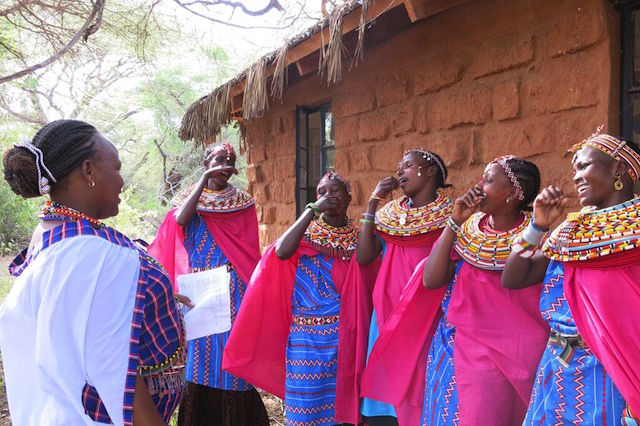
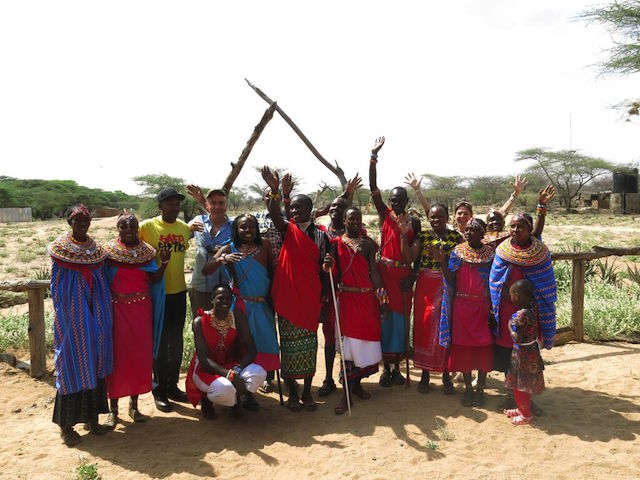
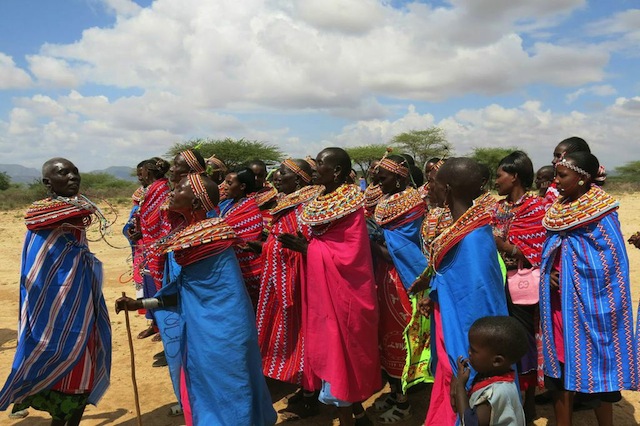
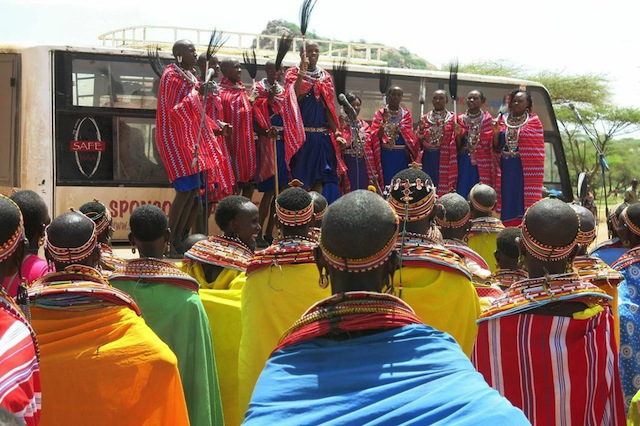
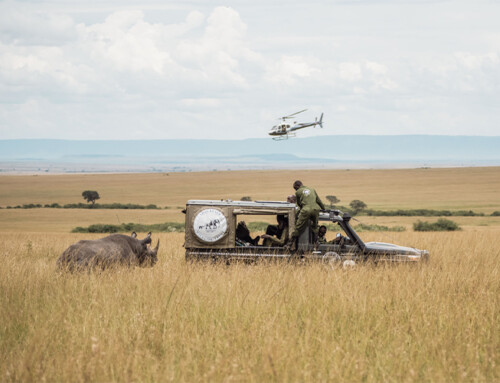
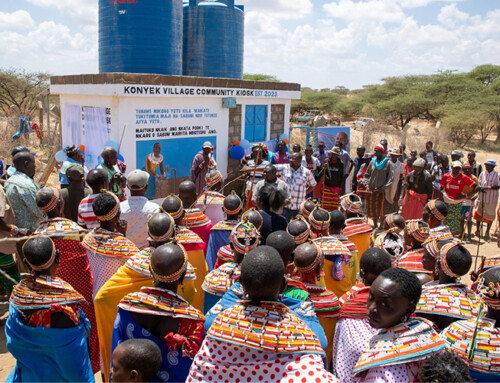
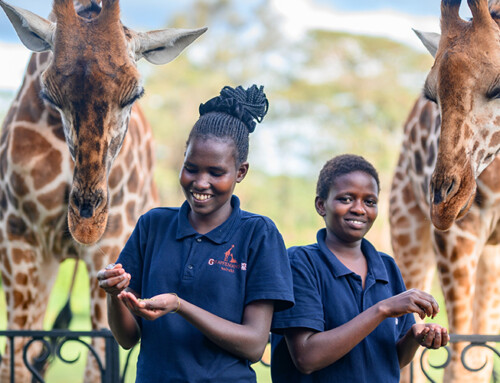
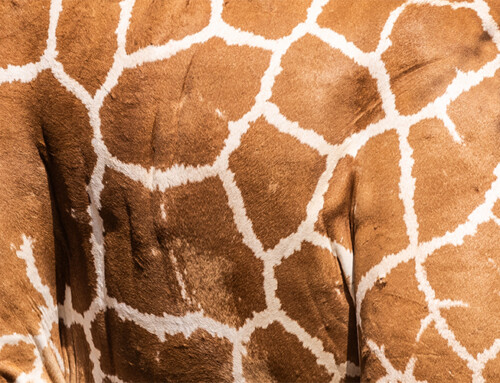
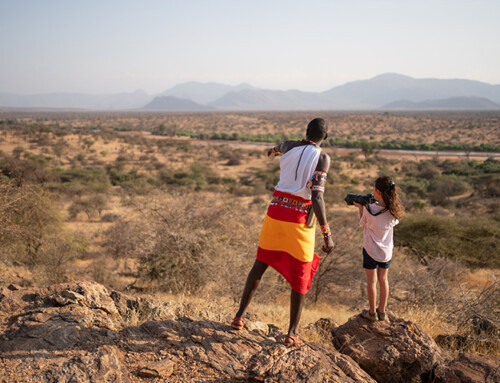
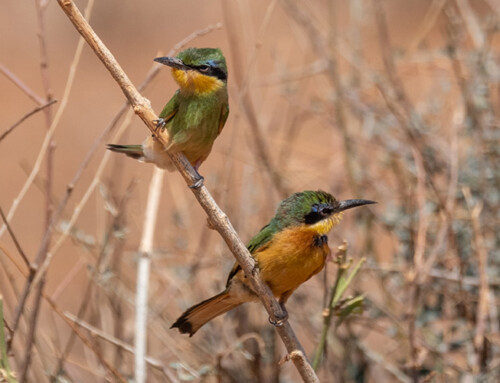
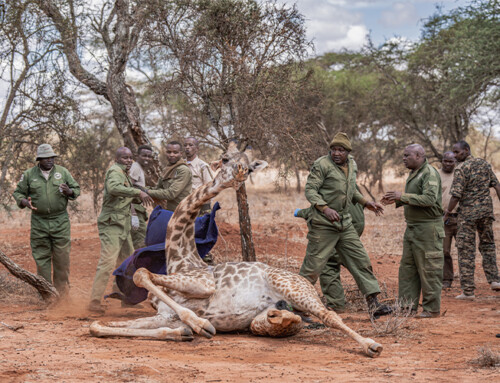
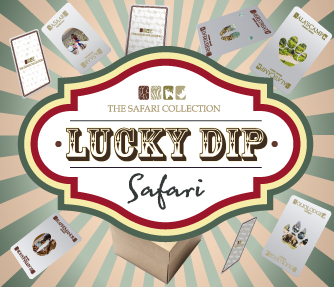

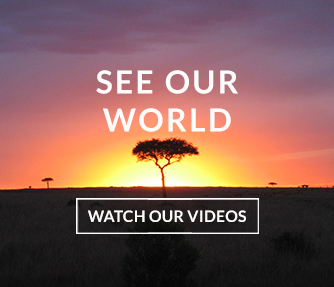




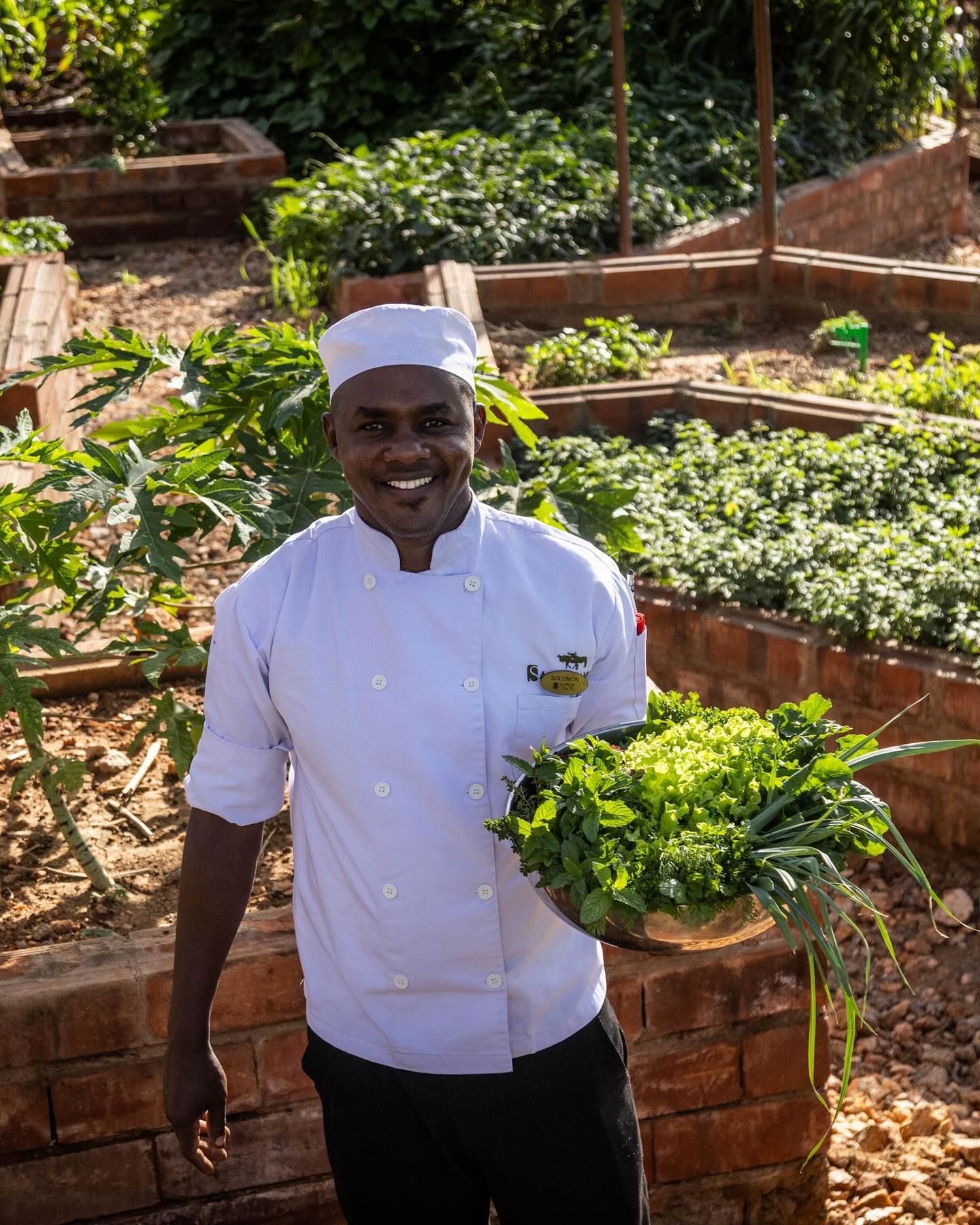
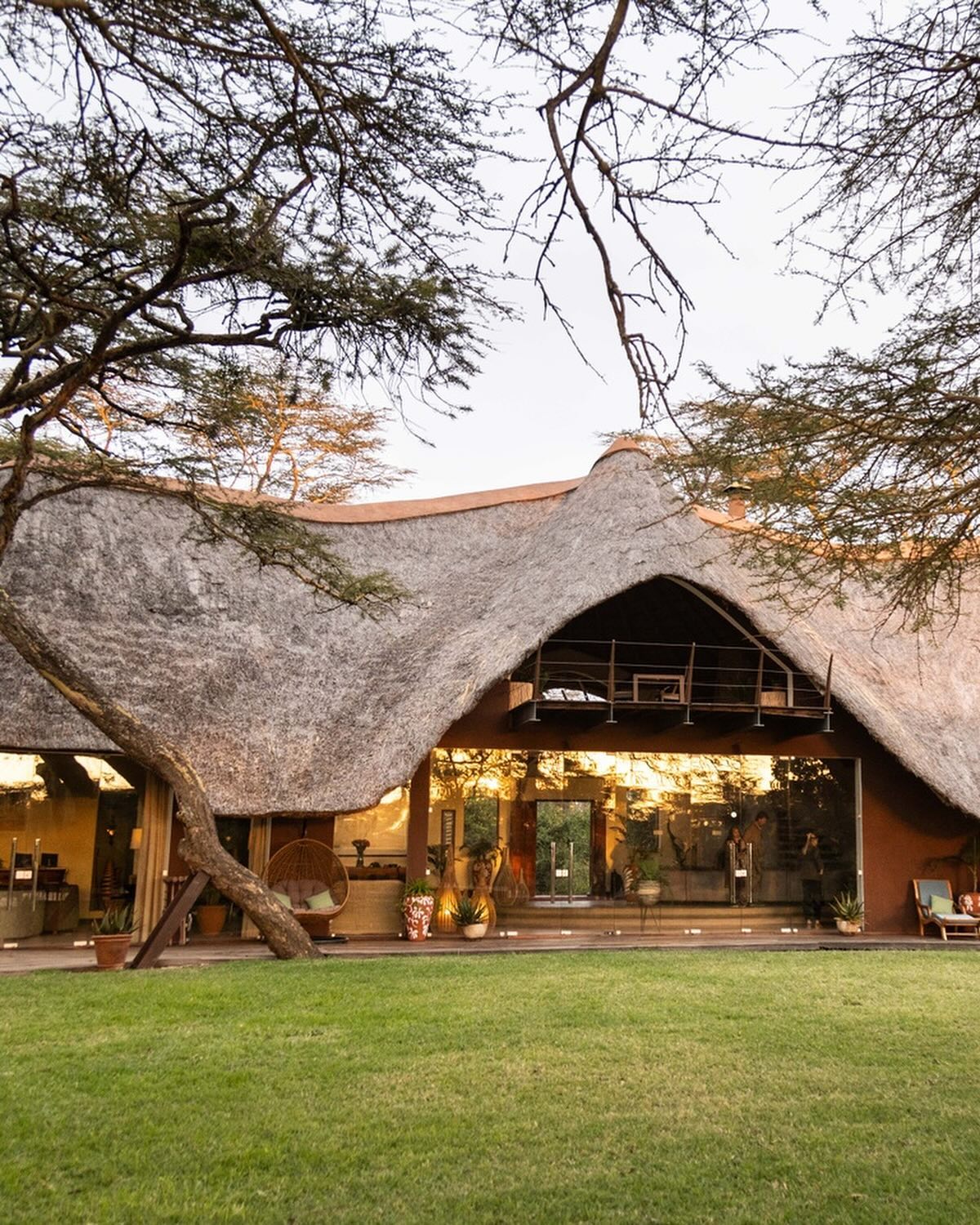
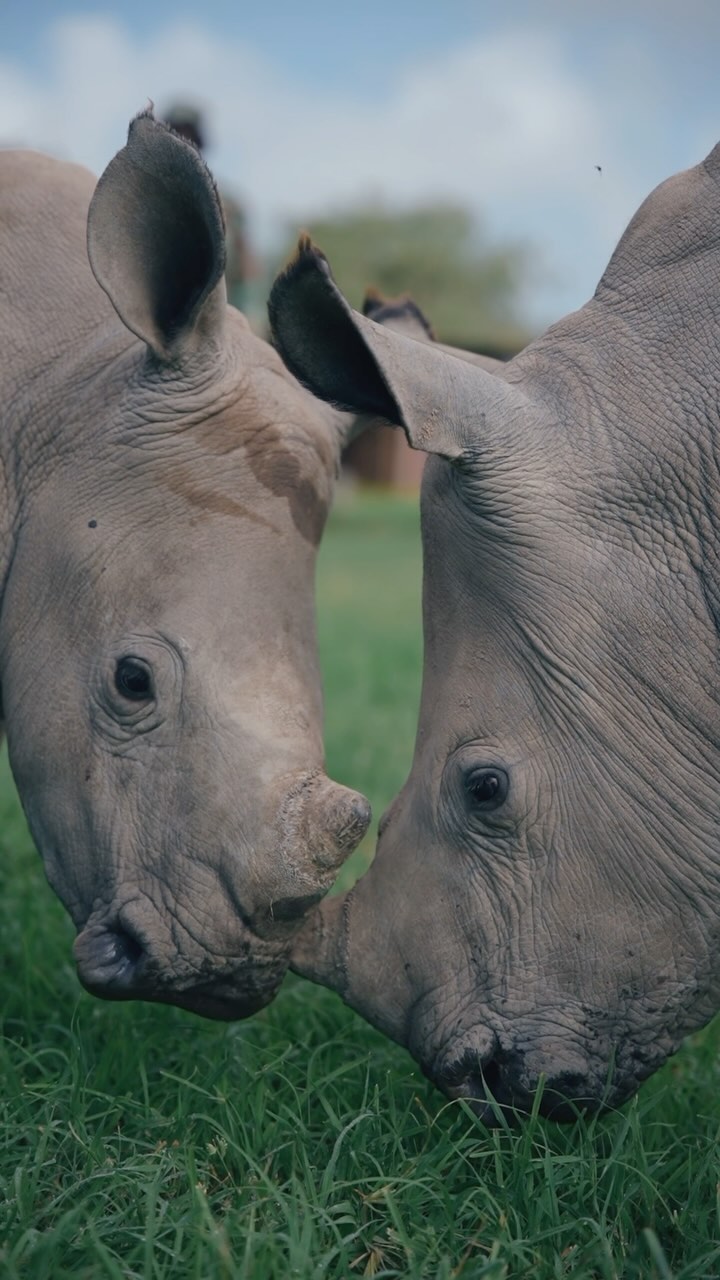
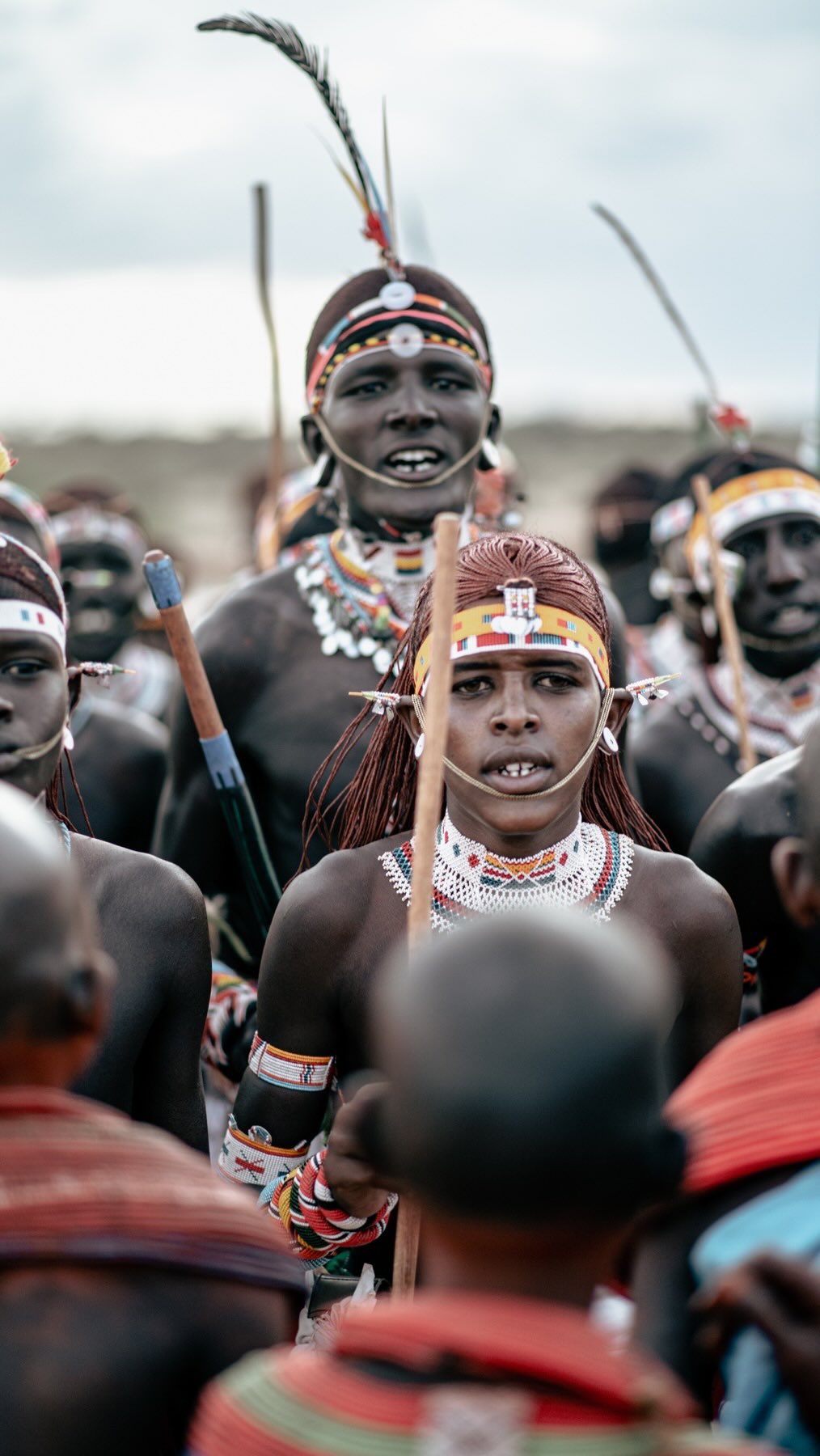
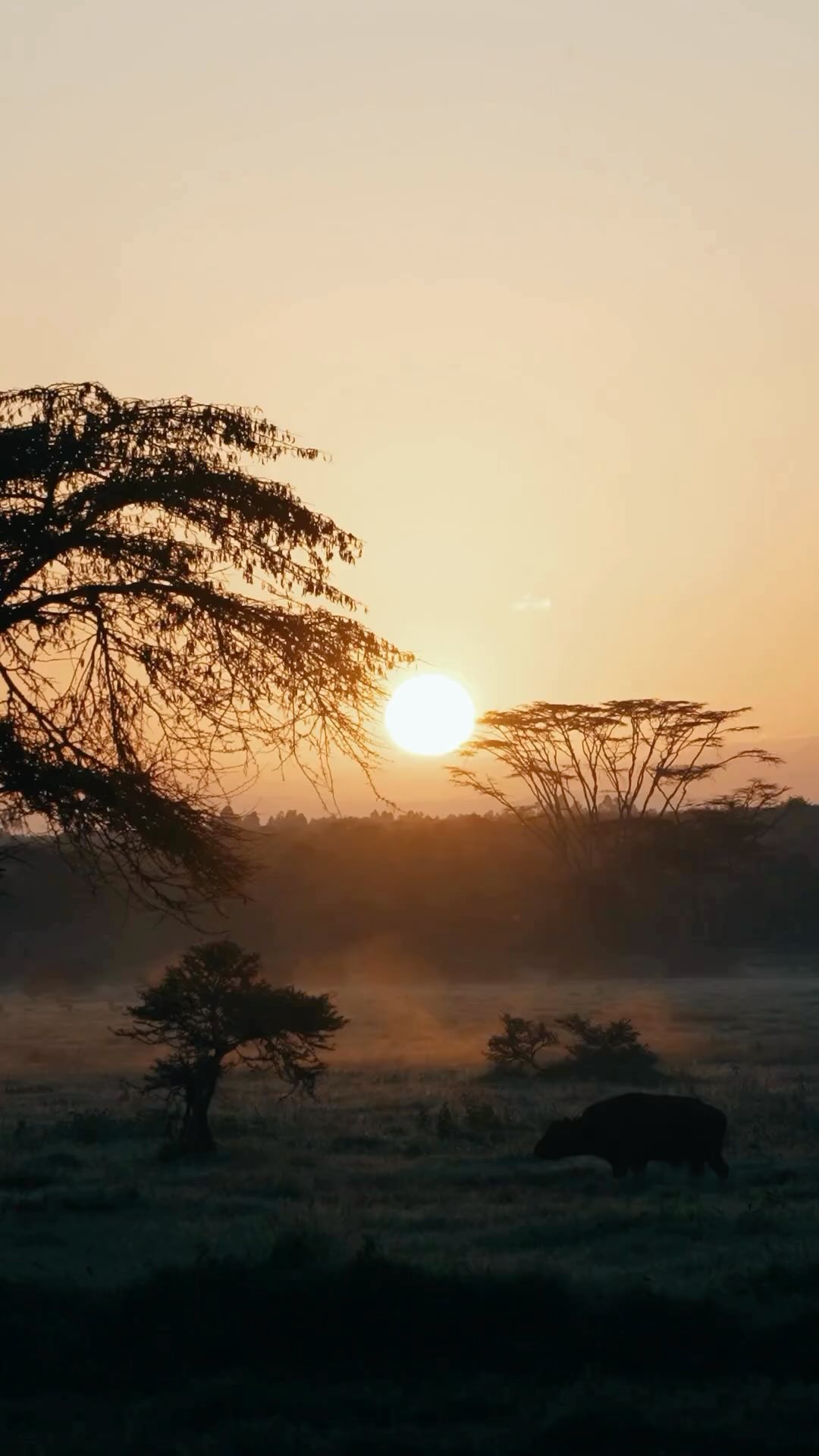


CONNECT & FOLLOW